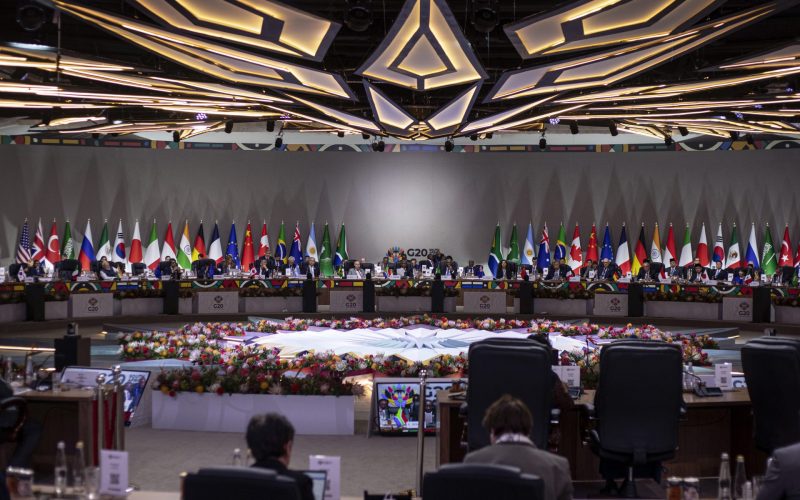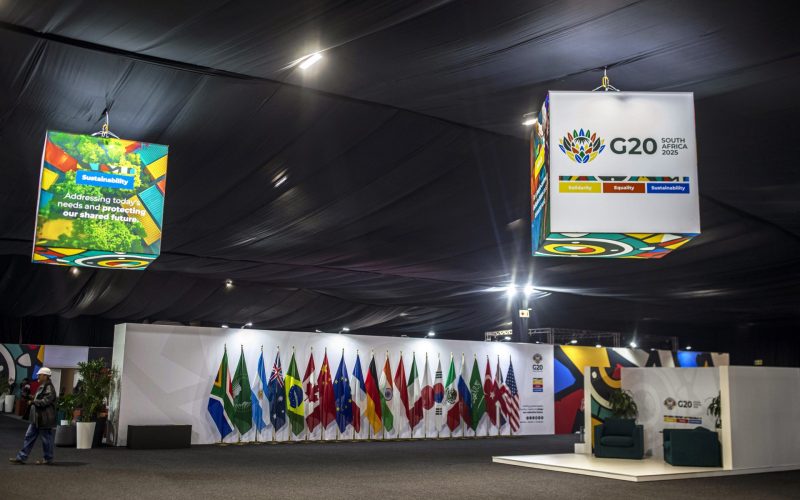Executive Summary
The COVID-19 pandemic increased sovereign debt levels across the world, particularly in developing countries where debt has reached 55 percent of GDP. However, this trend began way before the pandemic such that between 2010 and 2019, the debt-to-GDP ratio of developing countries increased by 13 percentage points. Consequently, there has been a significant rise in the debt servicing burden which has diverted resources from critical public investments, with many developing countries now spending more on interest payments than on health, education, and climate action combined. The shift in debt composition towards non-Paris Club official creditors and non-concessional private creditors has contributed to this rise in debt servicing costs. The debt vulnerabilities faced by developing countries are rooted in both structural and systemic factors. Weak domestic economies and exposure to external factors increase the risk of debt crises, while the lack of deep domestic capital markets forces them to borrow overseas, thus exposing them to exchange rate risks. Systemic issues include higher risk premiums due to poor credit ratings and the absence of a dedicated agency for addressing sovereign debt matters. These challenges highlight the need for a comprehensive debt relief and prevention framework that adequately considers these issues. In this policy brief, four areas of reform are identified, for which policy actions are recommended. These areas include short-term debt relief, prevention of debt accumulation, responsible lending and domestic fiscal consolidation. For each of these areas, actions are proposed that need to be undertaken by the international community to fix them.
This policy brief was prepared for Club de Madrid’s 2025 Annual Policy Dialogue by the Working Group on Debt and Development, led by Joseph Matola, Acting Head of SAIIA’s Economic Resilience and Inclusion Programme.









